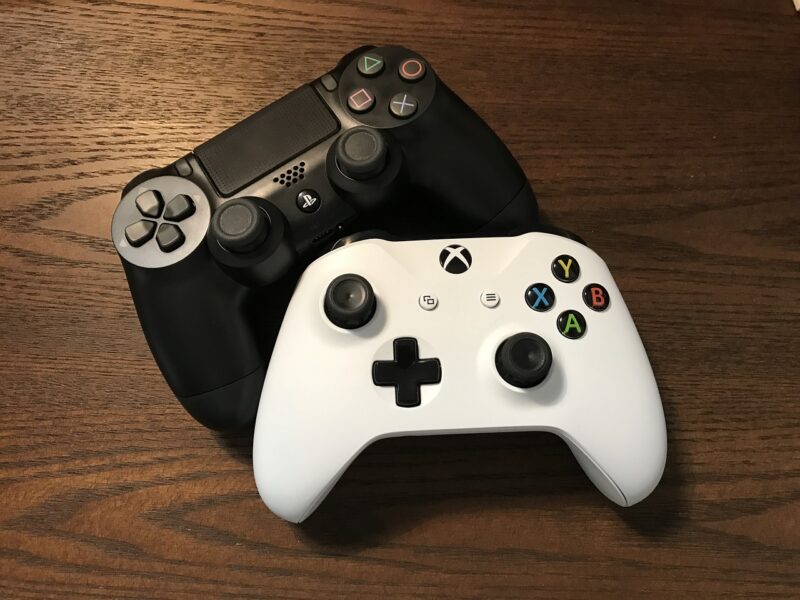
Game design is an intricate craft, weaving together storytelling, mechanics, and visual elements to create engaging experiences for players. At its essence, the role of game design is to motivate players and keep them invested in a virtual world. This article explores how various elements of game design impact player motivation, the psychological principles underlying these effects, and practical applications for developers seeking to create captivating gaming experiences.
1. Understanding Player Motivation
Before diving into game design specifics, it’s vital to understand what motivates players to engage with video games. Player motivation can be categorized into intrinsic and extrinsic motivators:
- Intrinsic Motivation: Players engage in games for their own sake, deriving satisfaction from the activity itself. This includes enjoyment, challenge, and the desire to improve skills or explore new narratives.
- Extrinsic Motivation: Players are motivated by external rewards, such as points, achievements, levels, or in-game items. These rewards can encourage continued play and provide a sense of progress and accomplishment.
Both intrinsic and extrinsic motivations play a crucial role, and effective game design leverages these to maintain player engagement over time.
2. Core Mechanics and Player Engagement
The core mechanics of a game are the foundational rules and systems that define player interactions. Well-designed mechanics are pivotal in motivating players to engage. Several key mechanical elements contribute to this motivation:
- Challenge: A balance between difficulty and player skill creates a flow experience that keeps players immersed. Games that are too easy can become boring, while those that are too difficult may lead to frustration. A well-calibrated challenge maintains an ongoing sense of achievement.
- Rewards System: Frequent rewards and milestones, such as leveling up or acquiring new abilities, enhance player motivation. Systematic rewards encourage players to continue exploring and engaging with the game world.
- Player Agency: Allowing players to make choices that affect the game’s outcome fosters a sense of control and investment. When players see their decisions have real consequences, their attachment to the game deepens.
Designing game mechanics that consider these aspects can create engaging experiences that captivate players and encourage them to return.
3. The Role of Narrative in Player Motivation
Narrative is a powerful motivator in gaming, as stories create emotional connections with players. Here’s how narrative impacts player motivation:
- Immersion: A strong narrative draws players into the game world, making them feel part of the story. Players are more likely to be motivated when they feel they have a stake in the outcome of the narrative.
- Character Development: Players are motivated when they form attachments to characters and witness their growth. Well-developed characters can create emotional investment that encourages players to continue their journey to see how it unfolds.
- Interactive Storytelling: Games that allow players to influence the direction of the narrative enhance agency and motivation. When players can steer the story according to their choices, they become more emotionally invested in the outcome.
A compelling narrative creates a more immersive and engaging experience, making players more eager to progress.
4. Visual and Audio Elements: Enhancing Motivation
The visual and auditory elements of a game significantly impact player motivation. These design aspects help create an immersive atmosphere conducive to sustaining engagement:
- Art Style: The visual aesthetic of a game can draw players in and enhance their emotional connection to the game. Unique art styles can create a memorable experience that players want to explore further.
- Sound Design: Music and sound effects play a critical role in evoking emotions and immersion. An effective soundtrack can heighten drama, while ambient sounds can create a sense of presence that draws players deeper into the game world.
Incorporating cohesive audio and visual elements enhances immersion and, ultimately, motivation to play the game.
5. Feedback Mechanisms: The Importance of Player Communication
Feedback mechanisms are essential to keeping players motivated. Effective communication of player progress and achievements can drive retention:
- Instant Feedback: Providing immediate responses to player actions, such as positive audio cues and visual effects, reinforces success and motivates players to continue.
- Progress Indicators: Clearly displaying progress towards goals, such as experience points or achievements, keeps players aware of their accomplishments and promotes a desire to continue their journey.
- Social Features: Integrating social elements, such as leaderboards or multiplayer interactions, can foster competition and camaraderie, further motivating players to engage and excel in the game environment.
Strong feedback systems can encourage continued engagement, helping players feel a sense of achievement and satisfaction.
6. The Future of Game Design and Player Motivation
As the gaming industry continues to evolve, so does the understanding of player motivation. Emerging technologies, such as virtual reality (VR) and augmented reality (AR), are providing new opportunities to enhance engagement through immersive experiences. Future game designs may:
- Leverage AI to Customize Experiences: AI can create adaptive gameplay that responds to individual player behavior, tailoring challenges and rewards to maintain motivation levels high.
- Integrate Real-World Experiences: Combining gaming with real-world elements through AR can create unique motivators that blend life and play naturally, further encouraging engagement.
- Focus on Community and Collaboration: As multiplayer and online communities grow, there will be an increasing focus on social interaction as a motivator, creating experiences that promote teamwork and shared achievements.
Innovations in game design will continue to shape player motivation, driving the industry forward.
Conclusion
In summary, the impact of game design on player motivation is profound and multifaceted. By understanding the core mechanics, narrative, visual and audio elements, and feedback mechanisms that motivate players, developers can create engaging experiences that captivate audiences. As technology advances, the ways in which players interact with and are motivated by games will continue to evolve. For developers, embracing these changes and focusing on what motivates players will be key to creating successful games in the future. Whether through innovative mechanics, immersive narratives, or engaging social experiences, the potential for enhancing player motivation in gaming is limitless.








